Zahareña: [Cultivation, Care, Pests and Diseases]
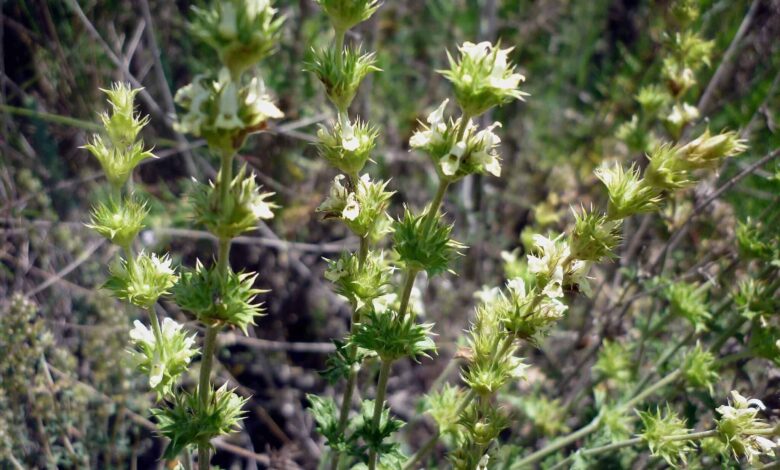
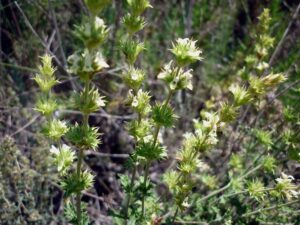 When? Spring and early summer are special times to sow and collect the medicinal flowers of this plant.
When? Spring and early summer are special times to sow and collect the medicinal flowers of this plant.- Where? It is a small wild shrubof small size that can be kept in pots and in a good light section in the garden, to take advantage of its medicinal properties.
- How do we prepare the land? It requires fertile soils, with nutrients of organic origin, good drainage, although as wild plants , they do not demand too much.
- How do we sow? By cuttings , in a short time we obtain potted shoots that we can later transplant to the place we want in the garden.
- How do we pay? They don’t need anything special. Well-fertilized soils with fluid drainage in pot. In the open air, it practically lives in the wild without much care.
- When do they bloom? Inspringand well into the summer, their spindly stems with fine leaves usually bloom.
- Ideal temperature? They live in temperatures between 20-25ºC in summer and support a maximum of 8ºC in winter.
- How do we water? It is convenient to water them with sprays often, in hot periods and we can never allow the soil to puddle after watering.
- Diseases and pests? Red spider mites and mealybugs can mercilessly attack their small plant structure, especially in larger varieties.
What is zahareña?
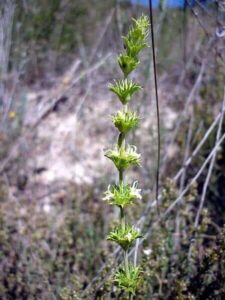 The Zahareña or Sideritis angustifolia is a very popular perennial plant also called Rabo de gato , and Terral herb or Hierba de la almorrana, known throughout the world for its great medicinal qualities.
The Zahareña or Sideritis angustifolia is a very popular perennial plant also called Rabo de gato , and Terral herb or Hierba de la almorrana, known throughout the world for its great medicinal qualities.
The Rabo de gato comes from the atypical way in which its flowers are arranged to show elongated inflorescences. It grows, at most, about 30 centimeters (cms) tall.
It has a woody bearing, with a general whitish appearance, it grows in mountainous regions of limestone rocks, with a great predominance of sunlight.
There are 150 varieties and it is called Zahareña because it prevails in sunny areas with stony soils. It is important to clarify that the genus Sideritis travels the Mediterranean slope to the African region and part of Asia, extending from the Canary Islands to the Caucasus.
It has healing, antibiotic and disinfectant properties. For this reason, its essential oils were widely used in ancient Greece to heal the wounds caused by iron weapons that soldiers received in war. In fact, Sideritis means «the one who is and has iron.»
It is also used to eliminate digestive problems, ulcers are healed with frequent doses of the plant, as well as intestinal spasms. In natural medicine, its essential oils prepare a plasma to heal skin wounds, clean the respiratory tract, relieve coughs and nasal congestion.
Its flowers are collected to prepare infusions with healing properties. Harvesting is done in the same period as cultivation, between spring and summer.
Where should we sow it?
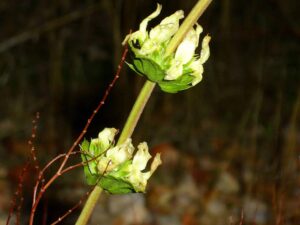 It thrives in mountainous wilderness regions with stony and limestone soils, high in calcium content . It is a rustic plant, which grows without many demands, to the point that it can be had in planters and terraces.
It thrives in mountainous wilderness regions with stony and limestone soils, high in calcium content . It is a rustic plant, which grows without many demands, to the point that it can be had in planters and terraces.
It does not thrive in cold places, with winter frosts. But in our garden it does grow, as long as the environmental conditions of good humidity and natural light are met.
And inside the house it must always be in a very bright environment. There are varieties that adapt to hanging pots, providing a beautiful visual spectacle.
When should zahareña be cultivated?
How do we prepare the land?
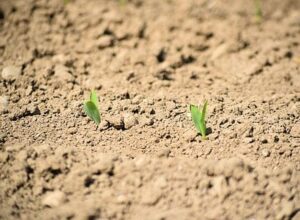 They need to live in nutrient-rich, well-drained substrate soils. It is not very demanding, because in reality this wild shrubby plant is rustic, off-road.
They need to live in nutrient-rich, well-drained substrate soils. It is not very demanding, because in reality this wild shrubby plant is rustic, off-road.
Its botanical fame comes from its great effective medicinal qualities. In addition to having the advantage that it thrives in almost any terrain on the Mediterranean fringe.
How to sow a zahareña step by step?
The cultivation and multiplication of this plant does not require major problems. Let’s see how to make it from cuttings.
- Select stems of about 10 cm and trim all the inflorescences and leaves with a garden shears. The cutting should be practically bare.
- Take a previously prepared pot with nutrient-rich and well-draining substrate (holes at the bottom of the pot) and plant about 2-3 cuttings in the moist, never soggy soil.
- Take the pot to a partially shaded place and water sparingly daily.
- 15 days later you will see how the shoots have reacted favorably, so it is time to take them to direct morning sun.
- A good fertilizer is convenient when it is about 20 days old. Then repeat the same procedure every 3 weeks. If it is a liquid fertilizer of organic origin, the better.
What care do you need?
The care of this generous plant, although not so complicated, requires certain rules that must be met. Let’s see:
illumination
Outdoors is their ideal state, they are able to live peacefully under bright sun and in semi-shade as well. On terraces, porches, gardens and in very illuminated places inside the house we can have it in pots.
Irrigation
It should be regular, but always ensuring that the soil remains moist, not soggy.
Pass
Fertilize every 3 weeks, preferably with an organic fertilizer in liquid form. Worm humus is very effective.
Flowering
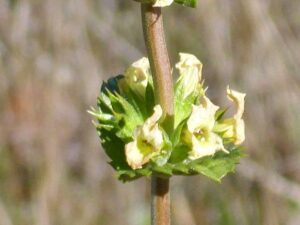 The flowering period begins in spring, in mid-May and lasts until the beginning of the summer season, when a very striking corolla of an intense yellow color appears.
The flowering period begins in spring, in mid-May and lasts until the beginning of the summer season, when a very striking corolla of an intense yellow color appears.
Water the plant every day in a moderate way, to avoid rotting in its roots.
What pests and diseases attack the zahareña?
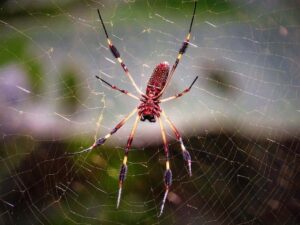 It is very hardy, like a good rustic perennial . But mealybugs and spider mites can attack in very hot periods.
It is very hardy, like a good rustic perennial . But mealybugs and spider mites can attack in very hot periods.
A good disinfection with products of low chemical composition can be used under the recommendation of experts in the field.



![Photo of Jasminum officinale: [Cultivation, Care, Pests and Diseases]](https://www.complete-gardening.com/wp-content/uploads/2022/08/jasminum-officinale-cultivation-care-pests-and-diseases-390x220.jpg)